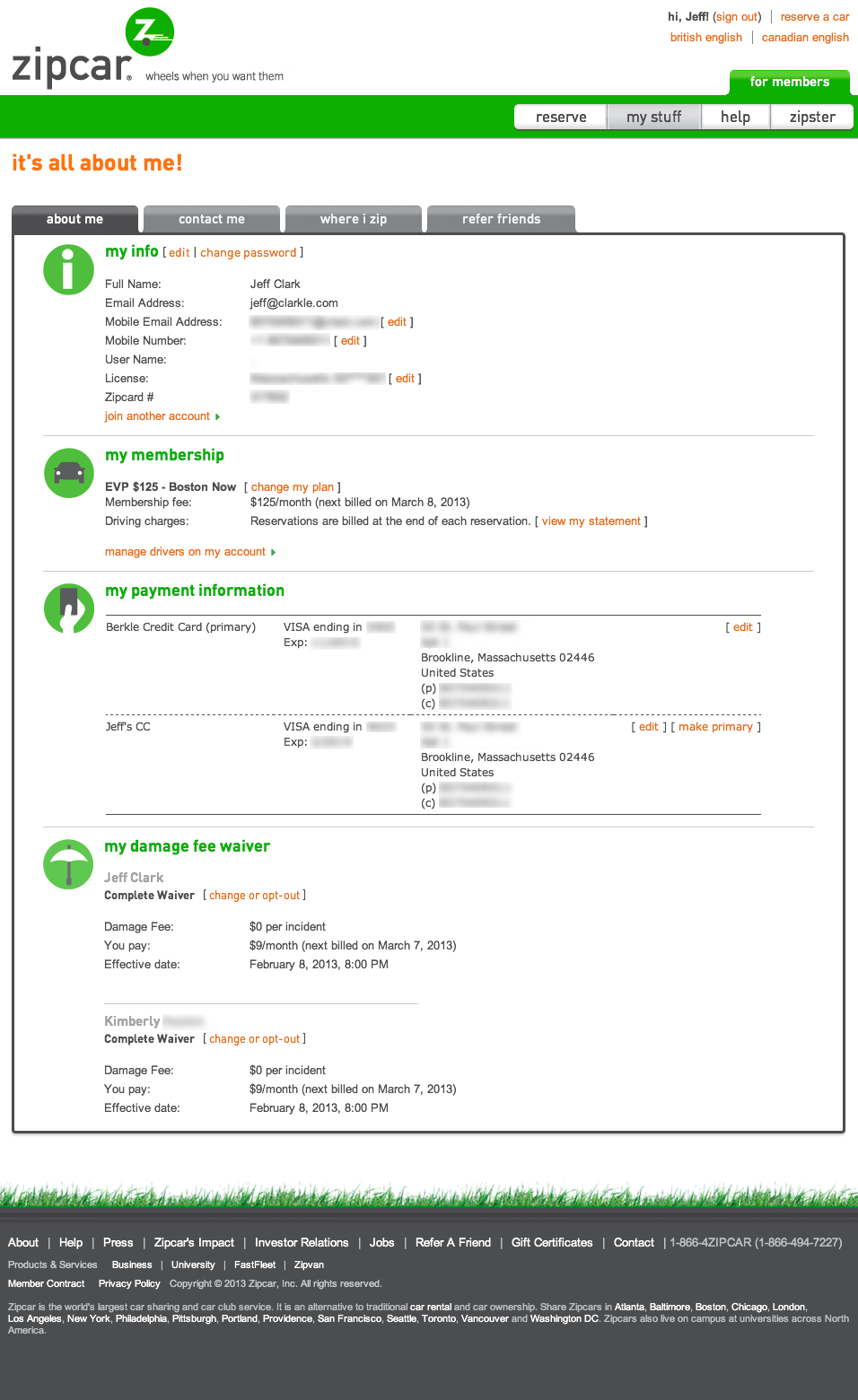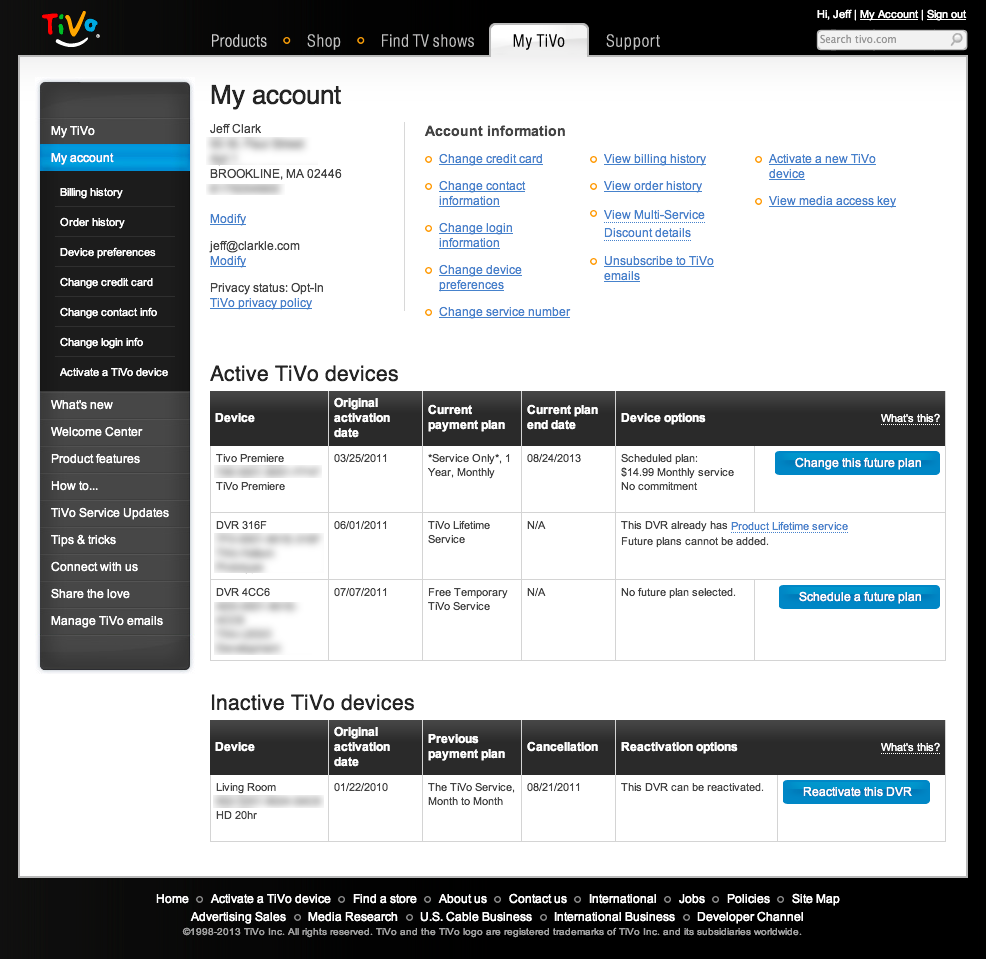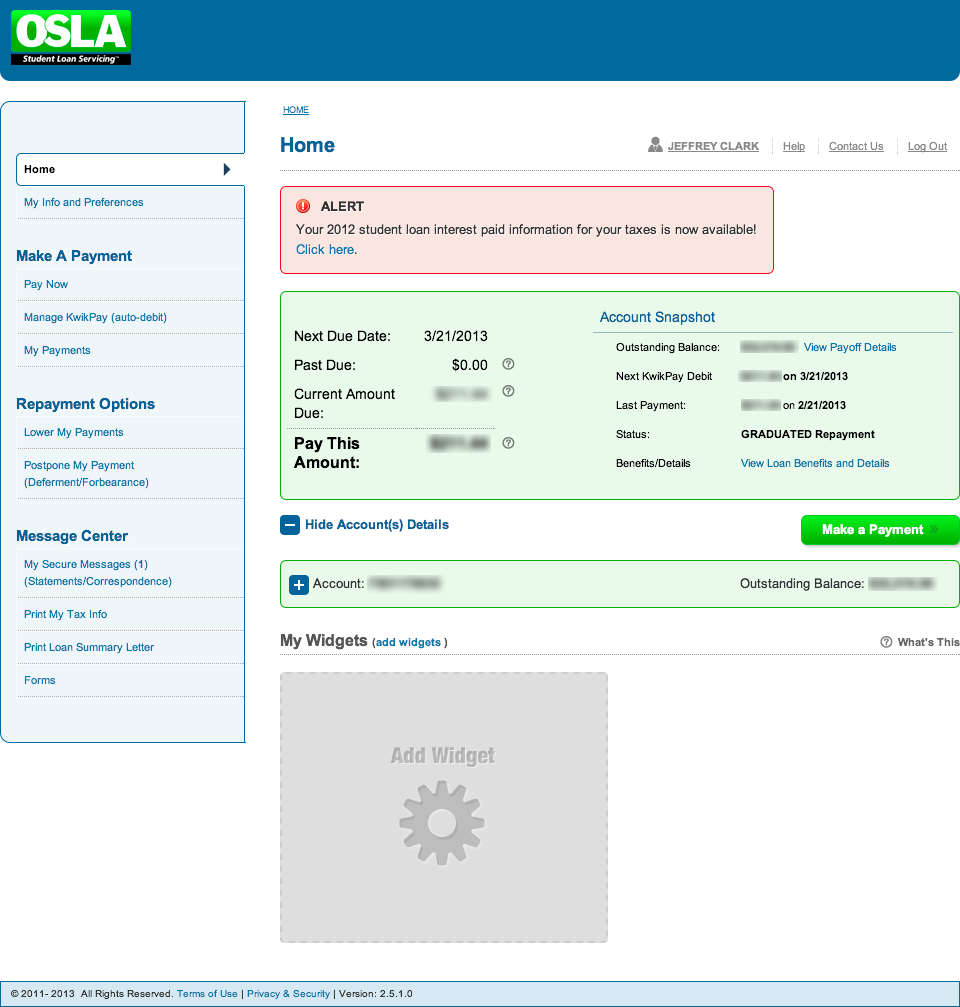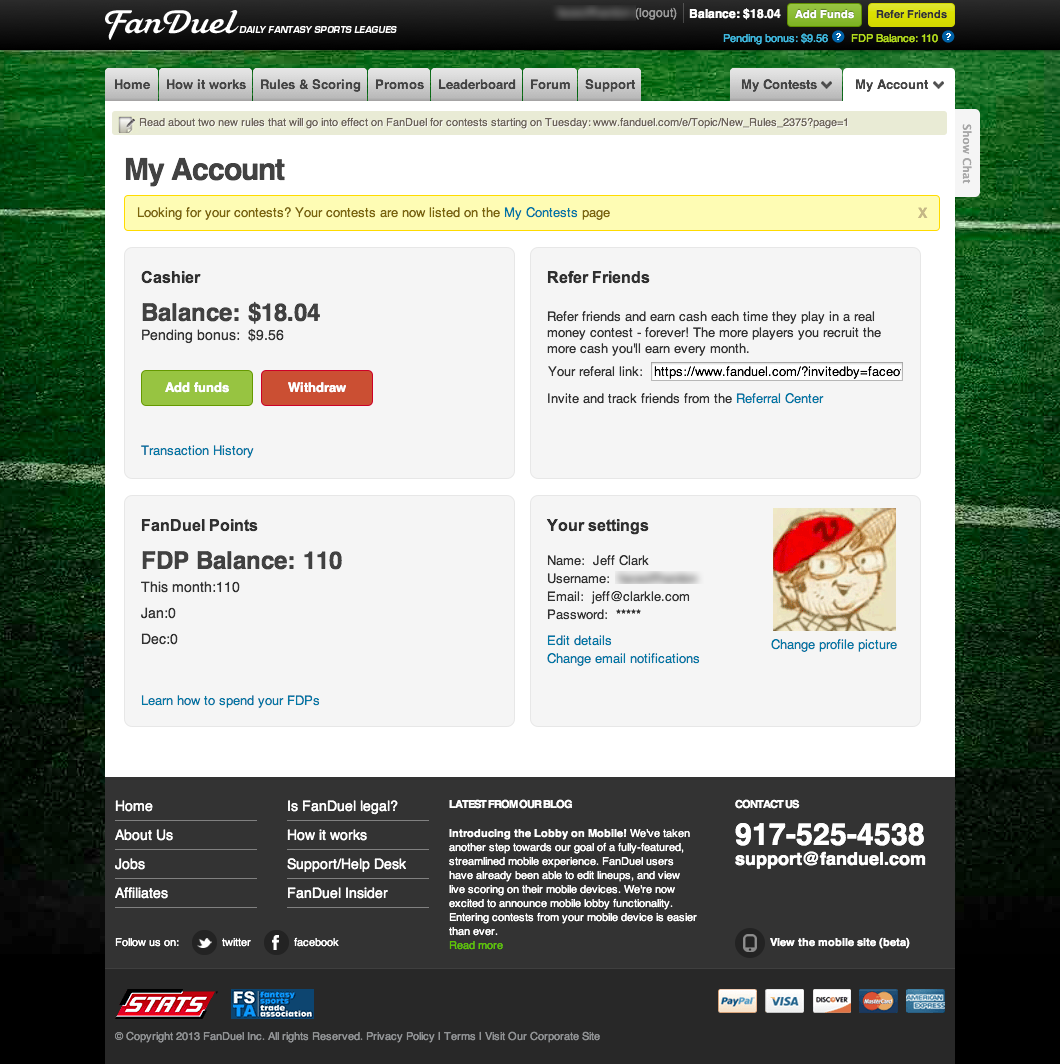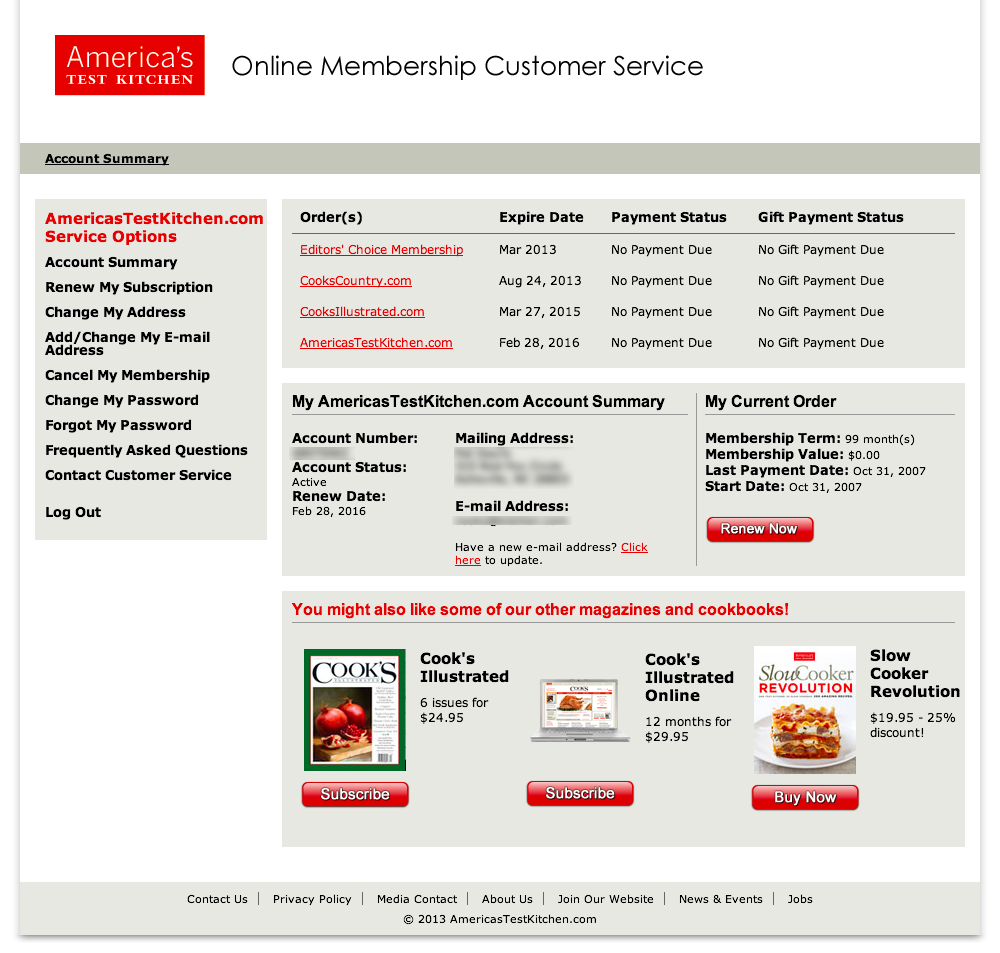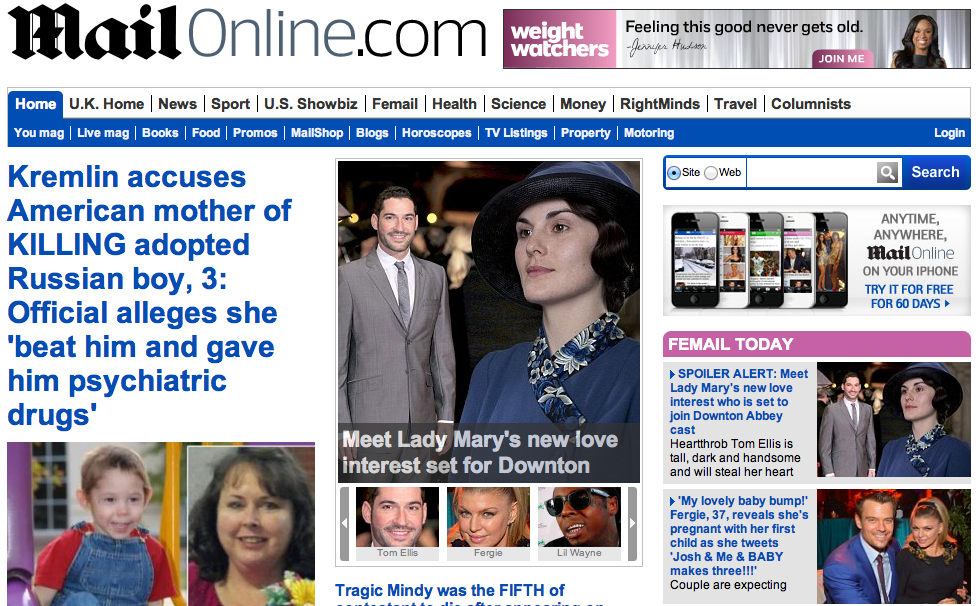
Ranked around the 600th most popular website on the Internet, when Time.com wants to change something as fundamental as the bones of their website, it makes news.
But what’s particularly interesting about their most recent change is that they are now on a completely responsive framework: ads and all. From the article on magazine.com:
One thing that we took as a given was that the advertising in a Responsive context is pretty far behind. We were not only one of the first major news sites to go Responsive, but also one of the first major consumer facing publishing sites in terms of the scale of our site and the extent to which we were rolling out the redesign. We’ve been developing the expertise for very complex ad delivery internally, but we didn’t have a perfect solution right out of the box. That would have added a significant amount of time upfront in terms of trying to understand the potential solutions that the ad community could deliver.
What we ended up doing was making sure there was a 1:1 correspondence between the various breakpoints that we were delivering. We design for six different breakpoints across devices, from desktop down to tablet, all the way down to mobile. So we asked ourselves, if we’re delivering leaderboard and rectangle on desktop, what would the corresponding units be on tablet, on both portrait and landscape mode, and then down to smartphone? What happened was at a couple of the breakpoints we realized there wasn’t a perfect fit. For example, 7 inch tablet devices in portrait mode didn’t have an analog to a 728×90 leaderboard, so we elected not to serve a leaderboard for that scenario, and instead serve only the rectangle ad. We’re working with our desktop ad server, DFP, for most devices, and we use our mobile ad server on smartphone devices, switching between both depending on the user agent. This allows us to provide advertisers a highly effective responsive program. Advertisers get the great Time.com branded user experience and their ads fall into place properly.
The end result? Mobile and tablet traffic are up and now make close to 25% of all traffic. Mobile pageviews are up 23%. Homepage uniques are up 15%. Most importantly, the mobile bounce rate is down 26%.
Read the entire article on magazine.com


